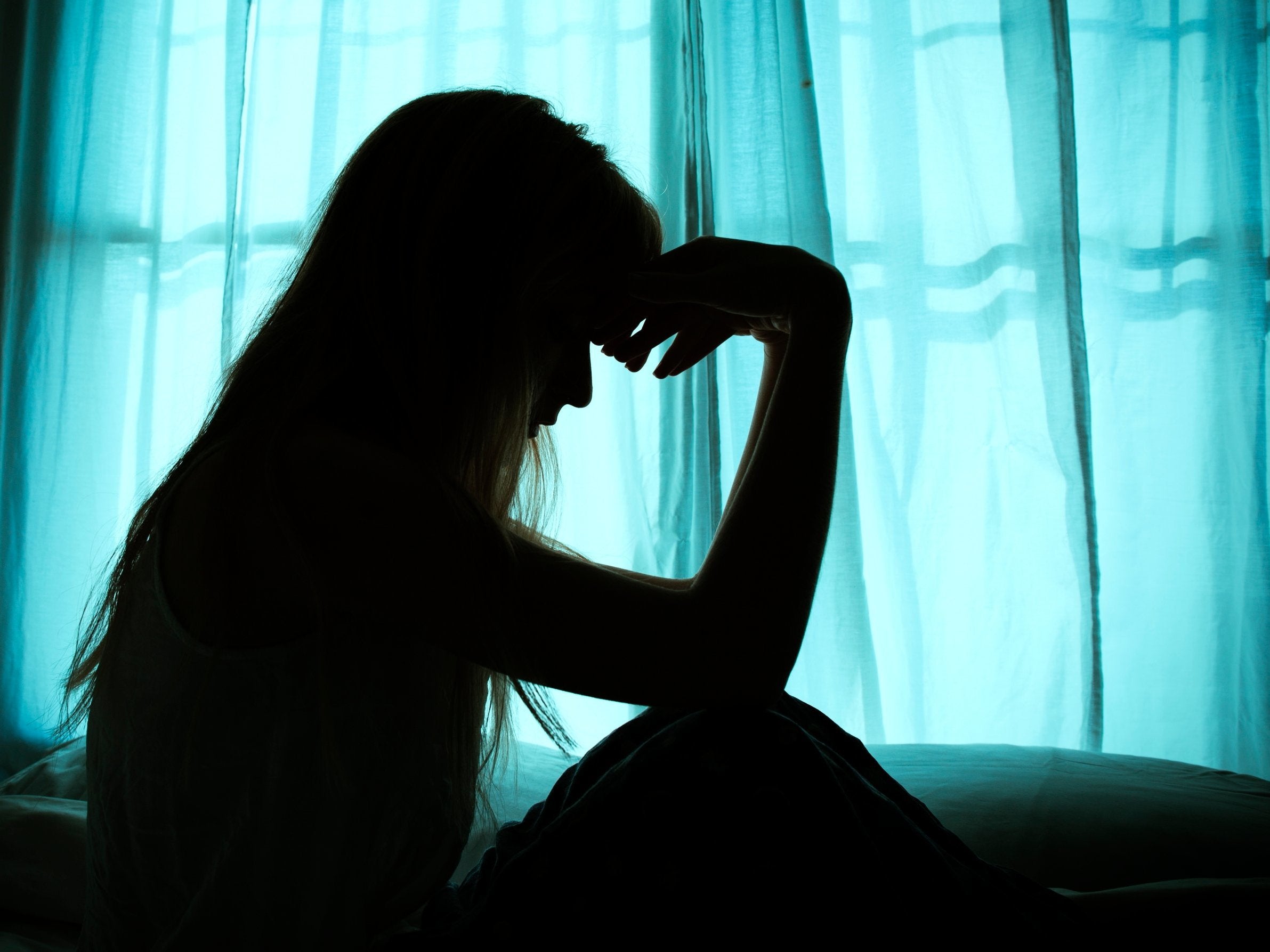Social landlords should evict domestic abusers, says new guide
'Having to repeat my circumstances over and over again was humiliating and distressing to me,' survivor says

Domestic abuse perpetrators who live in social housing should be evicted to stop their victims from becoming homeless, according to a new guide for landlords in Scotland.
Victims should remain in their homes while the abuser loses their right to the tenancy, Scottish Women's Aid said in a new best practice guide for social housing landlords and local authority housing providers.
Domestic abuse is the biggest cause of homelessness for women and children in Scotland, according to new research from the charity, the country's lead on domestic abuse.
In 2017-18, women made up 78 per cent of homelessness applications in Scotland where “dispute within the household (violent or abusive)” was given as the reason for them being without somewhere to live.
More than half said they had children.
Current housing policy and practice responses are founded on expecting women and children experiencing domestic abuse, rather than perpetrators, to leave their homes, according to Scottish Women’s Aid.
The organisation noted survivors who are forced to leave the family home and then move multiple times, are made homeless by the services that are intended to help them.
“Domestic abuse is a violation of human rights and those rights are further denied if public services do not respond to abuse and if policies do not prevent it," said Jo Ozga, policy officer at the charity. "Often women are told that their only housing option when they are separating from an abusive partner is to make a homeless application. Being forced to become homeless adds to the trauma of domestic abuse and comes at a huge emotional and financial cost.
“Women are hugely concerned about the impact on their children of having to leave their home, often moving multiple times. This impacts on children’s emotional wellbeing and health, and their education if they have to move school. They can also experience bullying, loss of friends and support at a time when they really need it."
She said the new guidance has the potential is there to change the future for thousands of women and children.
The guide includes first-hand accounts from women who were made homeless due to domestic abuse and the challenges they came up against when getting help from their local council.
They were frequently forced to retell their stories in ways which re-traumatised them.
“Telling the story time and time again gets tiring and upsetting,” one woman said. “You come away from abuse and would like a bit of understanding and sometimes people get stressed and anxious so need things explained several times.”
Another added: “Having to repeat my circumstances over and over again was humiliating and distressing to me. I was also worried about a negative reaction of not being believed every time I had to explain to a new person.”
Scottish Women’s Aid joined forces with the Association of Local Authority Chief Housing Officers, the Chartered Institute of Housing Scotland, the Scottish Federation of Housing Associations and Shelter Scotland to create the guide, whiich they hope will facilitate a more consistent approach to domestic abuse, includes checklists for best practice in responding to the issue.
Alison Watson, deputy director of Shelter Scotland, said: “Domestic abuse is often an issue that our helpline advisers have to deal with. At a time of great personal trauma and uncertainty – with many different factors in place for each case – guidance that brings a safe and more consistent approach is good news.”
The guide comes in the context of increasing cuts to refuges across the country – with women and children having been turned away from oversubscribed shelters and forced to return to abusive homes after years of funding cuts. Several refuges have closed since 2010.
Those in need of a refuge to escape their abuser are finding it harder than ever to find a free bed, with the most recent figures showing 60 per cent of them are unable to be housed, most commonly due to lack of space.
Local authority spending on refuges has been cut from £31.2m in 2010 to £23.9m in 2017.
Subscribe to Independent Premium to bookmark this article
Want to bookmark your favourite articles and stories to read or reference later? Start your Independent Premium subscription today.

Join our commenting forum
Join thought-provoking conversations, follow other Independent readers and see their replies